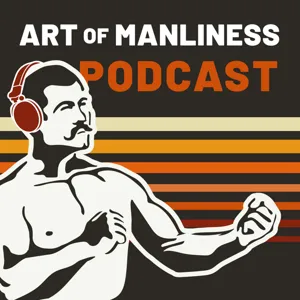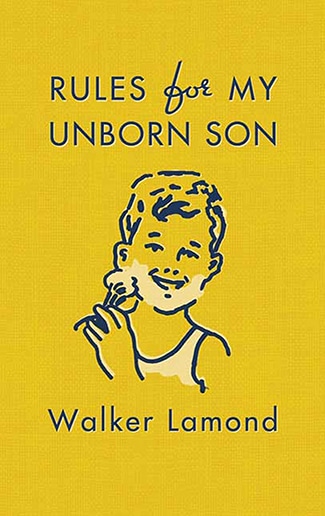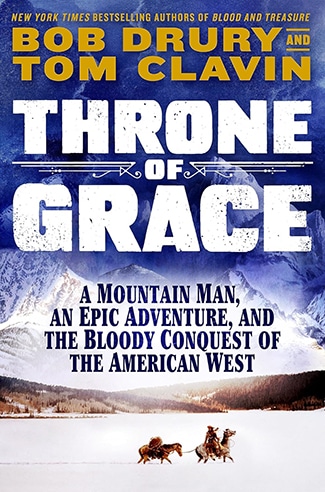Podcast Summary
Exploring Babe Ruth's life beyond baseball: New research reveals previously unknown details about Babe Ruth's childhood and personal relationships, adding depth to our understanding of the Sultan of Swat.
His baseball career coincided with the burgeoning fields of public relations and technology, leading to a new era of sports writing, endorsements, and entertainment. Despite numerous biographies about Ruth, Levy's book fills a gap by focusing on his entire life, including the omitted details of his childhood and his personal relationships. A surprising discovery during her research was that Ruth's parents were actually divorced, not separated, as previously believed. This new information adds depth to our understanding of Ruth's background and contributes to the enduring legend of the Sultan of Swat.
Exploring Babe Ruth's chaotic childhood: Despite popular beliefs, Babe Ruth was not an orphan, but came from a chaotic family with a hidden past that shaped his silence and misunderstood public image
To truly understand Babe Ruth, it's essential to explore his childhood. Contrary to popular myths, Babe was not an orphan, but rather came from a chaotic and destructive family. His parents' divorce, which was kept quiet during Ruth's playing years, was marked by adultery and drunkenness. By delving into the archives, the author discovered a 150-page dossier revealing the family's disintegration. Babe's sending to St. Mary's Industrial School for Boys was a subject of much speculation due to his silence on the matter. While some believed he was an incorrigible boy, others thought him an orphan. In reality, he was a boarding student, and his father never visited him during his stay. Babe's reluctance to discuss his past allowed people to form opposing and erroneous conclusions, rather than sharing the truth.
Exploring Babe Ruth's life through a barnstorming tour: The book 'Babe: The Legend Comes to Life' provides a fresh perspective on Babe Ruth's life by documenting his barnstorming tour, revealing his embrace of celebrity status and enduring legacy as the first modern sports icon.
The book "Babe: The Legend Comes to Life" by Robert W. Creamer explores Babe Ruth's life through a barnstorming tour he embarked on after the 1927 baseball season. This tour allowed the author to present Ruth at the height of his fame and show what it was like to be him, as local reporters documented every detail of their encounters with him. Ruth, who was sent away to an institution as a child and learned to be public, embraced his celebrity status and thrived on the attention. The tour also provided an opportunity to explore different aspects of Ruth's life that were not widely covered in New York papers. Overall, the book offers a unique perspective on Ruth's life and his enduring legacy as the first modern celebrity.
Babe Ruth's journey to fame under the guidance of Brother Matthias and Christy Walsh: Babe Ruth's extraordinary talents and charisma, guided by Brother Matthias and managed by Christy Walsh, transformed the sports landscape and paved the way for modern sports management and celebrity culture.
Babe Ruth's desire for attention and recognition led him to excel in baseball at St. Mary's, where he was given numerous opportunities to shine under the guidance of dedicated brothers like Brother Matthias. Initially, fame was local, but as America underwent significant changes in the 1920s, Ruth's extraordinary talents and charisma transformed the sports landscape. Christy Walsh, a failed sports writer and car account manager, seized the opportunity to work with Ruth and became his manager, agent, and PR person, shaping the modern concept of sports management and celebrity. Ruth's rise to fame paved the way for the sports and entertainment industries as we know them today.
Marketing Babe Ruth as a Living Legend: Christie Walsh revolutionized athlete marketing by creating Babe Ruth's iconic image and generating unprecedented revenue off the field through ghost-written columns, endorsements, and image building, leading to expanded sports coverage in newspapers.
Christie Walsh revolutionized the way athletes were perceived and monetized in the early 20th century by marketing Babe Ruth as a living legend through ghost-written columns, endorsements, and image building. This was a time when Madison Avenue was pioneering the art of selling personalities to the masses, and Walsh applied these techniques to Ruth with unprecedented success. Ruth became the first athlete to earn more off the field than on it, and this new way of looking at an athlete's worth led to the expansion of sports sections and departments in newspapers. Sports writers found Ruth to be the greatest story to write about, and the daily coverage of baseball was invented to keep up with his every move. Ruth's image and swing became iconic, and his demand for coverage helped invent the concept of image over substance in sports.
The 1920s: A Golden Age for Sports Journalism in New York City: The 1920s marked the beginning of radio coverage in sports journalism, leading to increased athlete publicity, while the distinction between protecting athletes' images and reporting on their personal lives emerged.
The 1920s represented a golden age for sports journalism in New York City, with fifteen daily newspapers providing the primary source of sports information before the widespread availability of radio. The arrival of radio coverage in 1921 revolutionized the way people received sports updates, leading to increased publicity for athletes like Babe Ruth. However, the distinction between journalists who protected Ruth's image (G-Wiz journalists) and those who reported on his private life (odd nut journalists) emerged during this period. Early sports journalists saw themselves as writers of great dramas, focusing on the on-field action and morality plays rather than delving into athletes' personal lives. The shift towards greater transparency and the end of shielding athletes' private lives began in 1925 when Babe Ruth's personal life became front-page news following his suspension.
Manipulating Babe Ruth's Image in the 1920s: Journalists manipulated Babe Ruth's image, covering up personal issues and financial struggles, marking a shift towards complex sports journalism.
The evolution of sports journalism began with the legend-building around Babe Ruth in the 1920s. Journalists like John B. Kennedy and Christy Walsh manipulated the narrative to promote Ruth as a wise elder and public figure, even covering up his marital issues and financial struggles. This marked a shift from light-hearted sports coverage to more complex and nuanced stories, though some readers still preferred the simpler enjoyment of sports news. Ruth, who lived a life of excess in food, drink, women, and gambling, was in debt and signed a separation agreement from his wife that he couldn't afford. Christy Walsh stepped in to save him financially, becoming his money manager and confidant. The manipulation of Ruth's image and the complex financial arrangement highlight the power dynamics and ethical dilemmas in sports journalism during this era.
Babe Ruth: A Decent Man: Babe Ruth, despite personal struggles, was a devoted family man and legendary baseball player, leaving a lasting impact on the game.
Babe Ruth, despite his indiscretions and marital issues, was a decent man trying to do the best he could. After leaving St. Mary's, he married young and tried to create a stable family life. However, his first marriage did not survive due to his youth and inexperience. He was not a great father to his first daughter but made amends with his adopted daughter, Claire, whom he gave a better life. Ruth's devotion to baseball made it his family, and his decline after retirement was a tragic end to a legendary career. Despite his personal struggles, Ruth handled his cancer diagnosis with grace, but his post-baseball life was marked by isolation and disappointment.
Babe Ruth's personal struggles shaped his baseball legacy: Babe Ruth's childhood abandonment and later disappointments fueled his revolutionary approach to baseball, transforming it into a game that celebrated individual talent and spirit, inspiring fans for generations
Babe Ruth's life was marked by both great success and profound disappointments, which were interconnected. The abandonment by his second family as a child echoed in his later experiences, such as being passed over for managing roles in baseball. Despite these setbacks, Ruth continued to travel and promote the game, even as he faced the challenges of nasal pharyngeal cancer. His outsized personality and revolutionary approach to baseball, which involved taking bold swings rather than playing it safe, made him a legend whose impact is still felt today. As Mickey, the general manager of the Nationals, noted, Ruth "reconfigured the game in his own image," transforming it from a micromanaged sport to one that celebrated individual prowess. Despite his struggles, Ruth's indomitable spirit and contributions to the game continue to inspire fans 70 years after his death.
Babe Ruth's Impact on Baseball and Sports: Babe Ruth revolutionized baseball with his power game, challenged norms, and advocated for players' rights, leading to advancements in endorsements, labor negotiations, and publicity law.
Babe Ruth not only revolutionized baseball by inventing the modern power game and hitting an unprecedented number of home runs, but he also challenged the norms and institutions of the sport. He defied rules against barnstorming in the off-season, played with and against African-American players, and advocated for players' rights to representation. These actions reshaped baseball and sports in general, leading to advancements in areas such as endorsement deals and labor negotiations. Ruth's impact extended beyond baseball, as he was a pioneer in publicity law and paved the way for future athletes to monetize their brand. Despite the progress made since Ruth's time, it's essential for modern athletes to recognize and appreciate the significant contributions he made to the world of sports.
Applying knowledge gained from podcasts: Don't just listen to informative content, take action to make a positive impact on your life and others. Share and review the podcast to spread the word.
The importance of not just listening to informative content, but also putting it into action. Brett McKay, the host, encourages listeners to leave a review on iTunes or Stitcher to help spread the word about the podcast. He also asks listeners to share the show with someone they believe will benefit from it. By applying the knowledge gained from the podcast, we can make a positive impact on our own lives and the lives of those around us. So, remember, it's not enough to simply consume information – we must also take action. Thank you for tuning in, and until next time, keep learning and putting it into practice.












